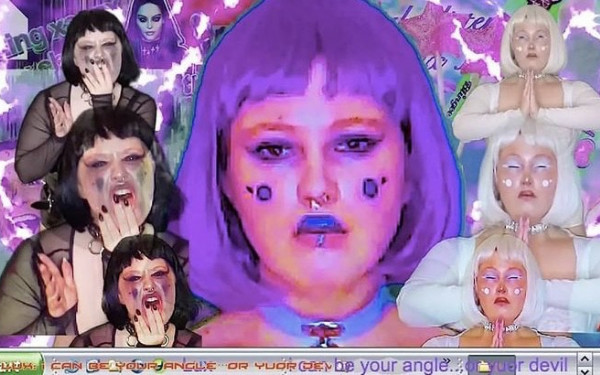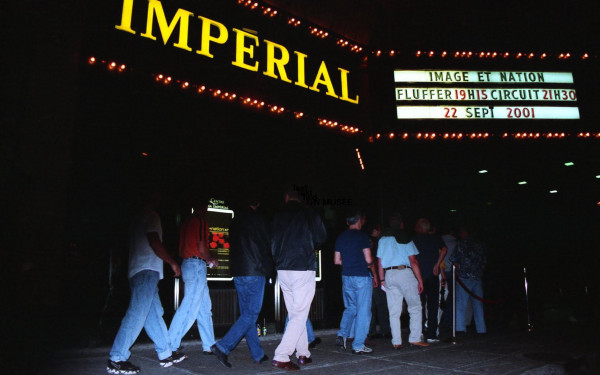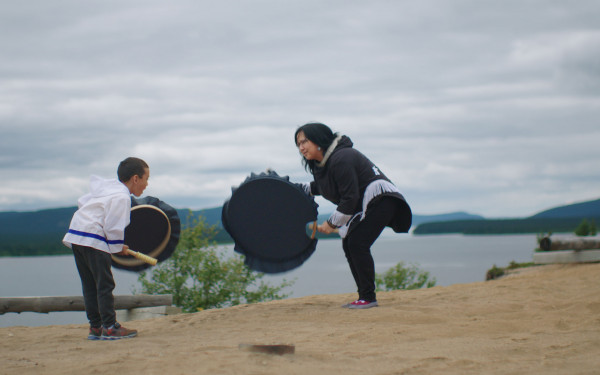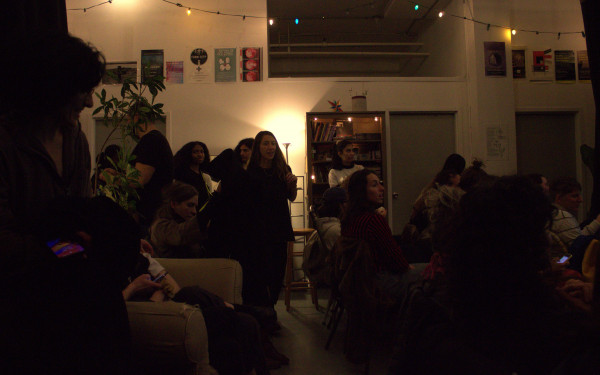Cinéma Moderne expands platform to offer virtual experience
October platform continues to celebrate independent films
While Montreal’s cinephile community may know Cinéma Moderne for their café-bar and screenings of independent films, the organization has been forced to adapt to the restrictions of the pandemic.
Because of this, they have made available an online platform for their viewership that features multiple movies available for rent from the comfort of their home.
For the month of October, Cinéma Moderne added around 10 new films to their website’s virtual cinema space, including the films Nuestras Madres, directed by César Diaz and Journal de Bolivie, directed by Jules Falardeau and Jean-Philippe Nadeau Marcoux, both of which I had the pleasure of watching.
Even in normal times, having access to independent movies on a local non-profit platform is amazing. The co-director of Cinéma Moderne, Aude Renaud-Lorrain, says it was an idea that had been floating around before the pandemic and was concretized when the team had to close their venue in March.
They contacted the distributors for the films they were screening and the ones they were supposed to screen, and it all happened quickly. Aude says this has also opened opportunities to show films from many different places in the world, including Eastern-European film The Painted Bird, by Václav Marhoul.
For the selection process, Aude tells me it is a mixture between films the team members have loved in festivals, suggestions by the distributors they work with, submissions, and recommendations. This creates a great variety of languages and countries where these films come from, which is also representative of Montreal’s diversity.
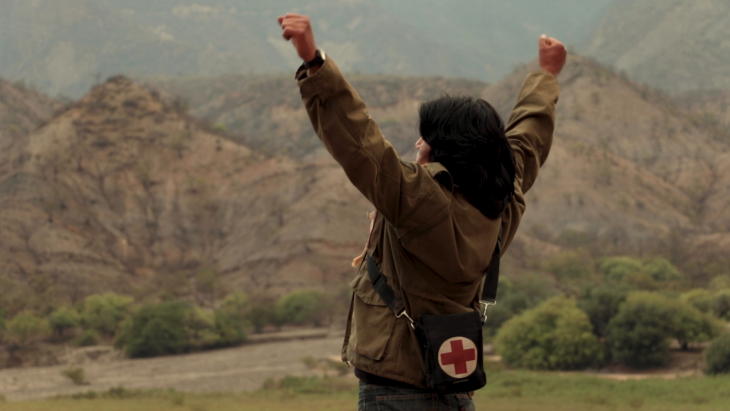
The film Nuestras Madres is a fiction narrative about a young man who works as a forensic anthropologist and is also working in secret to find the body of his deceased father who was a guerrillero during Guatemala’s civil war.
Most of the filming happens in two locations, the community of Satexa, in the rural highland of Guatemala, and in the city of Guatemala, in the area where the main character lives and works. Because of this, the viewer can have a broad perspective of what the country looks like and understand how the civil conflict in Guatemala worked.
To César, the movie is more than a fictional story; this is a story of many people embodied into one narrative. He explains that the community of Satexa actually lived through a massacre during the civil war, and the mexican accents of the main characters are representative of the many Guatemalans that exiled to Mexico during the war. He also mentions that, once the movie was edited, they worked with a composer and created its own original soundtrack, which is something very special for an independent movie to have.
When asked about the audience he wants to reach, he says, “just the people that like movies.” He then expands on this statement, saying, “when you are trying to represent your country, you are being very specific about a single place, and, I find, the more specific you are, the more universal your movie becomes.” That mentality is felt throughout the film; it has very specific cultural references and language, but it feels personal.
Journal de Bolivie is a documentary of Bolivia’s Guevarist culture leading up to the 50th commemoration of Che Guevara’s death, which happened in Bolivia. It is incredibly informative because it puts us quite literally in the footsteps of Che Guevara: it follows a group of guevarists doing what they call “la ruta del Che,'' which is the route that Che Guevara followed from when he arrived in Bolivia until he was captured by Bolivian authorities and then killed.
The film includes interviews with people with different ties to Che Guevara: government officials, store-owners, and even a man who met Che Guevara while he was part of a communist association in his university. This was possible, Jules and Jean-Philippe explain, because of a wide network of people that Jules already knew from a previous project he had done in Bolivia.
While it is primarily informative, it is also moving in its presentation of Bolivian life and the common Bolivian man. This presentation of a documentary, Jean-Philippe says, is greatly influenced by Pierre Perreault’s work; it is a documentary genre called ‘cinéma direct.’
Jean-Philippe also says that they wanted a camera that was more active than aesthetical, a narrative that was more meditative than expository, and more than presenting the experiences of Che Guevara, they wanted to recreate them. The documentary is accompanied by narrations of Che Guevara’s journal as he travelled through Bolivia, which Jules tells me are there to make the documentary progress as a narrative and to immerse the viewer in the ambiance of Che’s guerrilla.
A particularly striking scene from this documentary is when a member of the guevarist group Juventud Libre says that their country is rich in resources, that God has blessed them with richness, yet they are nothing. This perfectly encapsulates the feeling of colonialist injustice felt throughout latinamerica.
Cinéma Moderne offers an array of choices for every type of person. There are niche films as well as internationally recognized films, comedies and documentaries, and multiple films that will not remain available for viewing for very long. If you have an interest in cinema, their online platform is the perfect way to spend your weekend.



